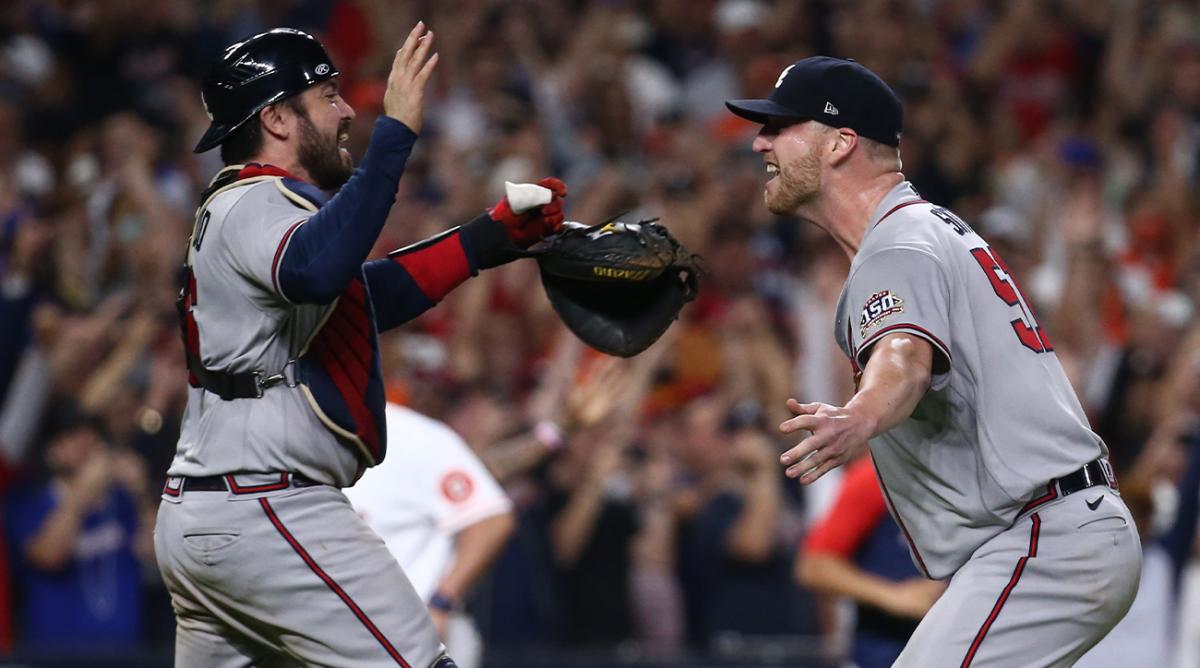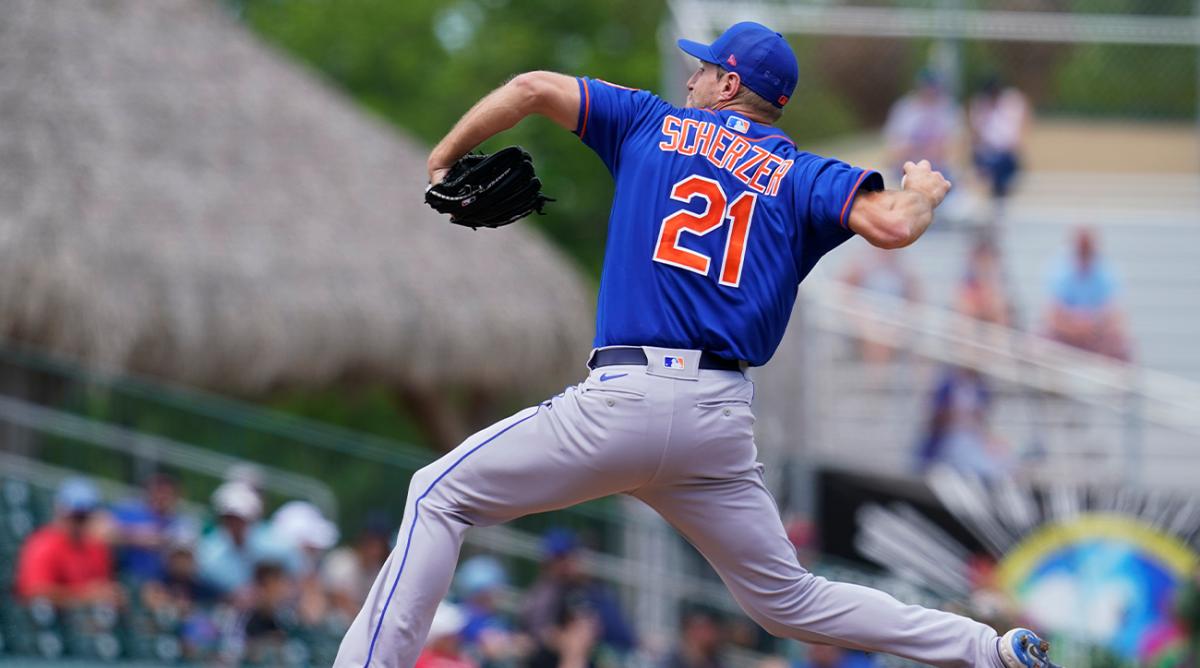Sports Betting 101: How to Bet on Baseball
MLB Opening Day is Thursday, April 7, and that’s just around the corner!
Are you thinking of getting in on all the MLB action but don’t know where to start? We’ve got you covered with our MLB betting primer.
You can also check our previous general sports betting primer and our March Madness betting primer.
Check the Latest Odds and Lines from SI Sportsbook

The Moneyline Bet
Baseball is primarily a moneyline sport. What is a moneyline (ML) bet? Quite simply, a moneyline bet is a bet on a team to win outright or “straight-up (SU).”
For example, if you see the Yankees are playing the Tigers and you want to bet on the Tigers to win, that’s called a moneyline bet. Moneyline bets are always listed with their payouts indicated by plus (+) or minus (-) signs. A plus sign indicates that team is the underdog and your bet will return more than 100% of your initial investment if they win (hence the plus sign). A minus sign indicates the team that is the favorite. In this case, your profit will be less than 100% of your initial investment if said team wins.
So if you see the Yankees (-150) are playing the Tigers (+150) and you want to place a moneyline bet on the Tigers, your profit will be $150 if the Tigers win. Your total payout ($100 investment plus $150 payout) would be $250. Easy, right?
Now, let’s say you want to bet on the favorites, the Yankees. At -150 odds, you would need to bet $150 dollars to make a $100 profit. If the Yankees win, your total payout ($150 investment plus $100 profit) is also $250.
Of course, the difference between these two is that if you lose a bet on the Tigers, you lose only $100. If you lose the bet for the Yankees, you lose $150. Always bear that in mind when choosing to bet on heavily favored teams.
Over/Under Bets
Betting the over or under on the run total is as simple as it sounds: You are betting that the total runs scored in the game will be over or under the amount listed by the sportsbook.
For example: If the Padres are playing the Rockies and the run total on the game is 11.5, you can bet either that there will be more than 11 runs scored or less than 12 runs scored. If the Rockies win 7-6, the total runs will be 13 and the over bet will have “hit.”
Over/under bets are usually an even proposition and basically a coin flip. Usually odds will be listed at -110 for either side of the bet. But, wait? Why -110? Doesn’t that mean I have to bet $110 to profit $100 if it goes over or under? Yep. That is what is also called “the vig” in Vegas. “The vig” is a commission you pay to the sportsbook for making the bet. This is how sportsbooks make money on 50/50 propositions.

The Run Line Bet
Unlike NBA and NFL, which use a “spread” of any number of points to handicap teams and level the playing field for bettors, MLB uses the “run line.” Run lines are almost always set at 1.5 (to avoid a “push” or a tie), but sometimes can be set at 1.
For example: if you want to take the Yankees to win on the run line (-1.5) in the above example, you would need the Yankees to beat the Tigers by a margin of two runs or more. If the Yankees win 7-6, would not win this bet with the run line. You would, however, win this bet on the moneyline. You also would have won this bet if you took the Tigers on the run line (+1.5). With the run-line handicap (adding 1.5 runs to their 6) the Tigers won this game for bettors with a final score of 7.5 to the Yankees’ 7.
Player Props
Player props are very popular and lots of fun! Do you think Mike Trout hits a home run tonight? There’s a player prop for that. Do you believe Gerrit Cole strikes out more than seven batters tonight? There’s a player prop for that too.
Player props can vary and often include things such as total bases, hits, runs allowed, walks, home runs and stolen bases. Each sportsbook posts their own menu of props with payouts indicated by plus and minus signs, just like a moneyline bet.

Futures Bets
A futures bet is a bet on something to happen in the future. These bets are usually made on series outcomes or for player awards.
For example: Do you believe Jacob deGrom will win the NL Cy Young Award this season? You can place your futures bet for that today.
As the season goes along, these odds will change, and you can continue to find value. Often, though, the best value is found as far in advance as possible.
If you had taken the Braves to win the World Series last spring, you would have received +1000 odds. On Oct. 31, the Braves were -500. A $100 bet last Spring would have resulted in a profit of $1,000 for a total payout of $1100. If you bet them to win the World Series on Oct. 31, you would have to risk $500 to profit only $100.
If you want to get in on the action, I hope this betting primer helps make it easier to bet on your favorite team or player, no matter whether you choose to bet the moneyline, over/under, run line, player props or futures.
Now, let’s play ball!!
Check the Latest Odds at SI Sportsbook
Get fantasy and betting analysis in your inbox by signing up for the Winners Club newsletter
More Betting, Fantasy and MLB:
• Kansas-Villanova Best Bet
• Betting Advice: Which Region Will Win it All?
• Nikola Jokic Passes Joel Embiid as MVP Betting Favorite
• Top-Four Seeds Against the Spread
• NFL Futures: Bucs, Bills Lead Way
• 2022 Fantasy Baseball Draft Kit
• One Big Question for Every AL Team
